Black-headed Python
- December 17, 2023
- 0 comment
The Black-Headed Python (Aspidites melanocephalus) is a captivating snake species native to Australia, known for its distinctive appearance and intriguing behavior. As its name suggests, this python is characterized by its striking black head, which sharply contrasts with the rest of its body. The body coloration varies, typically exhibiting a beautiful combination of earthy tones such as browns, blacks, and creams. With a robust and muscular build, the Black-Headed Python can reach impressive lengths, making it one of the larger python species in Australia. Its habitat spans diverse landscapes, including woodlands, grasslands, and rocky areas, reflecting the adaptability of this species.
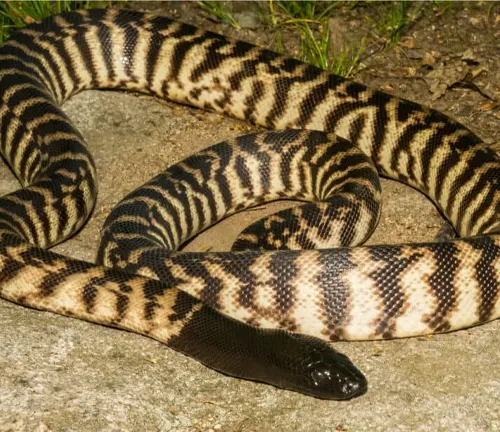
Known for its nocturnal habits, the Black-Headed Python is a skilled hunter that preys on a variety of small mammals, birds, and reptiles. Its ambush-style hunting technique involves patiently waiting for prey to come within striking distance. Despite its imposing appearance, this python is generally non-aggressive toward humans, and encounters with them in the wild are rare. The reproductive behavior of the Black-Headed Python is noteworthy, as females typically lay a small clutch of eggs and exhibit a form of maternal care, coiling around the eggs to provide protection until they hatch.
| Characteristic | Description |
|---|---|
| Scientific Name | Aspidites melanocephalus |
| Common Name | Black-Headed Python |
| Native To | Australia |
| Coloration | Black head; body exhibits browns, blacks, and creams |
| Size | Can reach impressive lengths, one of the larger pythons in Australia |
| Habitat | Woodlands, grasslands, rocky areas |
| Activity | Nocturnal, with an ambush-style hunting technique |
| Diet | Small mammals, birds, reptiles |
| Behavior | Generally non-aggressive towards humans |
| Reproduction | Females lay a small clutch of eggs, exhibit maternal care |
| Conservation Status | Subject to conservation efforts due to habitat loss and potential threats from introduced species |
| Captive Breeding | Regulated captive breeding programs contribute to conservation efforts |
| Significance | Represents the biodiversity of Australian reptile species |
| Notable Feature | Striking black head contrasting with the body |
Venomous or Not Venomous?
Dispelling common myths, the Black-Headed Python challenges the stereotype of venomous serpents. Despite its formidable appearance, this python is non-venomous, relying on constriction rather than venom to subdue its prey. Understanding the nuances of its defensive mechanisms is crucial not only for accurate knowledge but also for fostering a deeper appreciation for the unique adaptations of this captivating species.
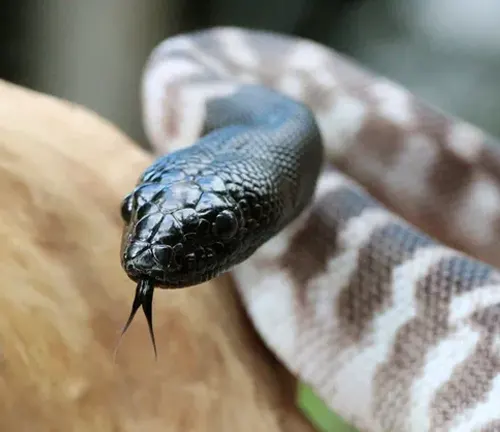
Ecological Importance
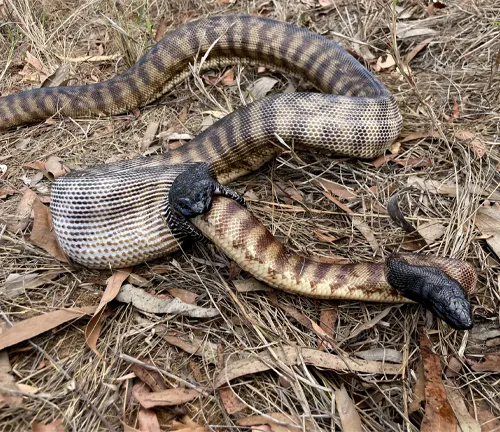
Beyond its striking appearance, the Black-Headed Python plays a pivotal role in the delicate balance of the Australian ecosystem. As a predator, it actively participates in controlling populations of small mammals, birds, and reptiles, contributing to the overall health and biodiversity of its native habitat. Exploring the ecological importance of this species provides insights into its interconnected role within the broader natural world.
Habitat
The Black-Headed Python showcases remarkable adaptability, inhabiting a diverse range of landscapes including woodlands, grasslands, and rocky terrains. Understanding the specific environments it calls home sheds light on its behavior, feeding patterns, and overall survival strategies. Unraveling the secrets of its preferred habitats is essential for effective conservation and management practices.
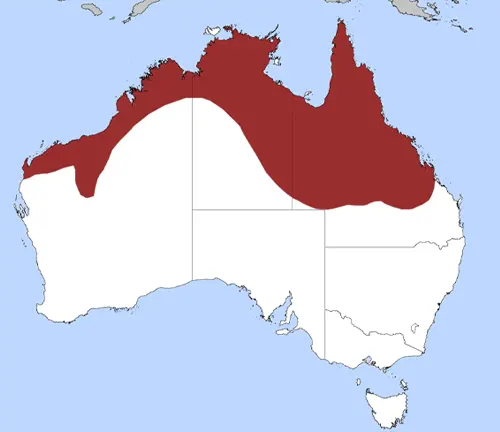
Behavior
Under the cover of darkness, the Black-Headed Python exhibits a mesmerizing nocturnal hunting technique. Patient and precise, it employs an ambush-style approach, patiently awaiting the opportune moment to strike at passing prey. Contrary to its imposing size, encounters with humans are infrequent, and the species generally displays non-aggressive behavior. Exploring the behavioral intricacies of this python provides a deeper understanding of its role as a predator in the ecosystem.
Art and Culture
Beyond the scientific realm, the Black-Headed Python has left an indelible mark on art and culture in Australia. Its distinctive features and symbolism have found expression in various artistic mediums, reflecting the profound connection between nature and human creativity. Delving into the cultural significance of the Black-Headed Python unveils the ways in which it has woven itself into the fabric of human expression.
Survival
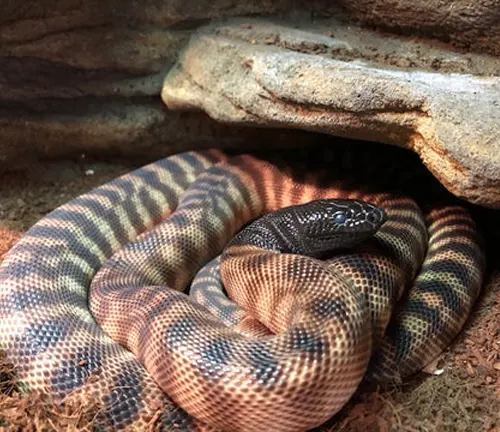
Survival in the wild poses unique challenges for the Black-Headed Python, from its reproductive habits to its ability to navigate diverse landscapes. Examining the species’ survival strategies offers valuable insights into its adaptability and resilience. Understanding how it copes with environmental pressures provides a holistic perspective on the complex dynamics of the natural world.
Conservation
The Black-Headed Python faces threats such as habitat loss and potential dangers from introduced species. Conservation efforts, including regulated captive breeding programs, are pivotal for preserving this captivating species. Examining the current conservation status and initiatives sheds light on the collective efforts to ensure the longevity of the Black-Headed Python in its native habitats.
Common Food
The Black-Headed Python sustains itself by preying on small mammals, birds, and reptiles. Investigating its dietary habits contributes to our understanding of its role as a predator and its impact on local ecosystems. Unraveling the details of its common food sources enhances our appreciation for the interconnected relationships within the natural world.
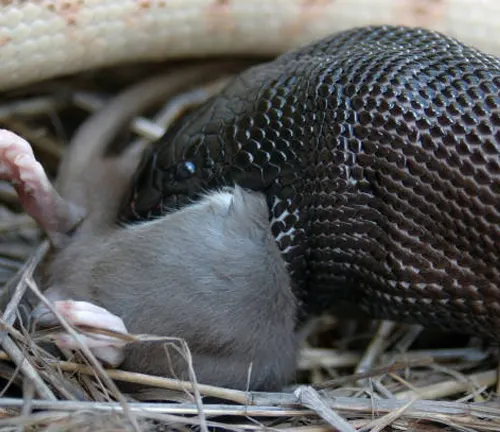
Benefits
While the Black-Headed Python may evoke fear in some, it offers numerous benefits to its ecosystem and, indirectly, to humans. By participating in the regulation of certain species, it contributes to the overall health of the environment. Additionally, its presence enhances the biodiversity of its native habitat, emphasizing the interconnected nature of species in the natural world.
Different Species
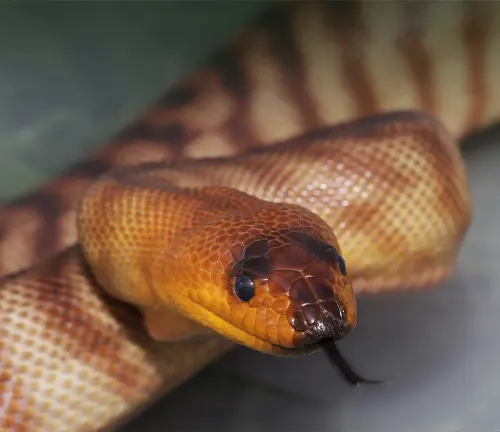
Aspidites Ramsayi
(Woma Python)
The Woma Python, scientifically known as Aspidites ramsayi, is another snake species that is sometimes colloquially referred to as a Black-Headed Python. Native to arid regions of Australia, the Woma Python features a distinctive black head and a slender body. It is known for its unique scale pattern and is considered a medium-sized python species.
Aspidites McDiarmidi
(McDiarmid’s Python or Pygmy Python):
McDiarmid’s Python, also known as Pygmy Python, is another member of the Aspidites genus. Its scientific name is Aspidites mcdiarmidi. Like the Black-Headed Python (Aspidites melanocephalus), it is found in Australia. McDiarmid’s Python is relatively small in size compared to some other python species, and it exhibits a black head with a contrasting body coloration, making it share the common name with Aspidites melanocephalus.
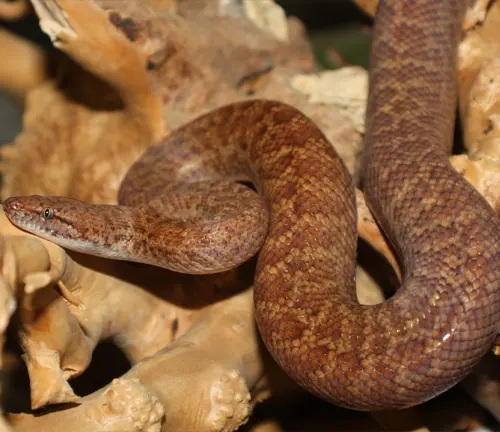
Conclusion
In conclusion, the Black-Headed Python is not merely a snake with a striking appearance; it is a species intricately woven into the ecological tapestry of Australia. From its botanical beauty to its ecological importance and cultural significance, this python invites us to explore the wonders of the natural world. As we strive to understand and conserve this captivating species, we gain not only a deeper appreciation for biodiversity but also valuable insights into the delicate balance that sustains life on our planet.
Frequently Asked Questions (FAQs)
1. What is a Black-Headed Python?
The Black-Headed Python (Aspidites melanocephalus) is a snake species native to Australia, known for its distinctive black head and varied body coloration. It is a non-venomous python that relies on constriction to subdue its prey.
2. Are Black-Headed Pythons dangerous to humans?
Generally, Black-Headed Pythons are not considered dangerous to humans. They are non-aggressive and rarely pose a threat. Encounters with humans in the wild are infrequent, and they are not venomous.
3. What is the size of a Black-Headed Python?
Black-Headed Pythons are among the larger python species in Australia. They can reach impressive lengths, with adult individuals often exceeding 2 meters (6.5 feet) in length.
4. What is their habitat?
Black-Headed Pythons inhabit a variety of landscapes, including woodlands, grasslands, and rocky areas. They demonstrate adaptability to different environments within their native range.
5. What do Black-Headed Pythons eat?
Their diet consists of small mammals, birds, and reptiles. They are skilled hunters, using an ambush-style technique to capture their prey.
6. Are Black-Headed Pythons endangered?
While not classified as endangered, Black-Headed Pythons face threats such as habitat loss and potential dangers from introduced species. Conservation efforts, including regulated captive breeding programs, aim to protect and preserve the species.
7. Can Black-Headed Pythons be kept as pets?
Keeping Black-Headed Pythons as pets requires careful consideration and adherence to local regulations. They have specific habitat and dietary needs that should be met in captivity.
8. How do Black-Headed Pythons reproduce?
Females typically lay a small clutch of eggs and exhibit a form of maternal care by coiling around the eggs for protection. The species follows a reproductive strategy common among pythons.
9. Are there different species of Black-Headed Pythons?
While the term “Black-Headed Python” often refers to Aspidites melanocephalus, there are other species colloquially referred to by this name, such as the Woma Python (Aspidites ramsayi) and McDiarmid’s Python (Aspidites mcdiarmidi).
10. What is the cultural significance of Black-Headed Pythons?
Black-Headed Pythons hold cultural significance in Australia and are sometimes depicted in art and mythology. Their distinctive features and role in the ecosystem contribute to their symbolic importance.



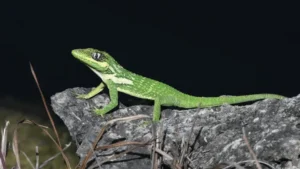
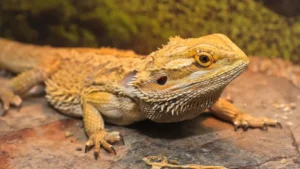
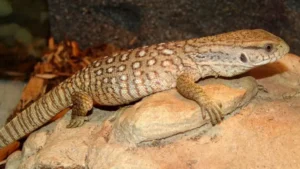
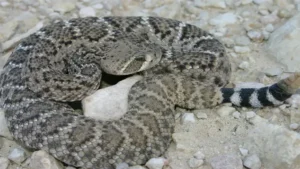


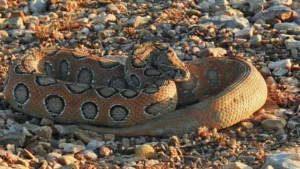
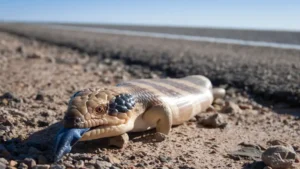
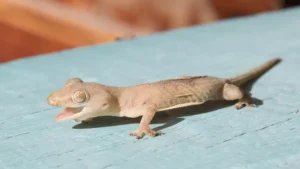

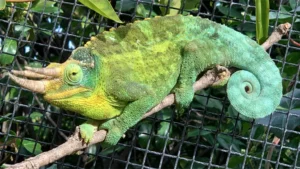
Leave your comment